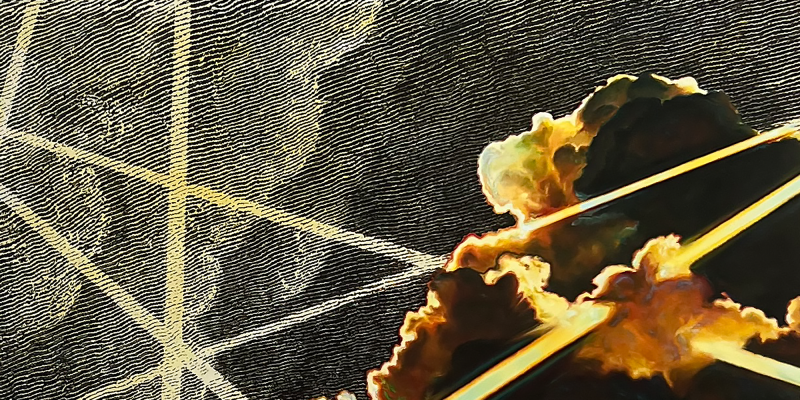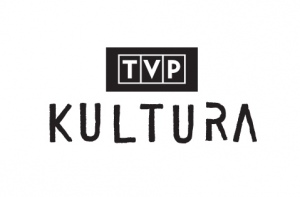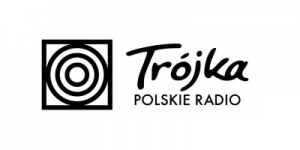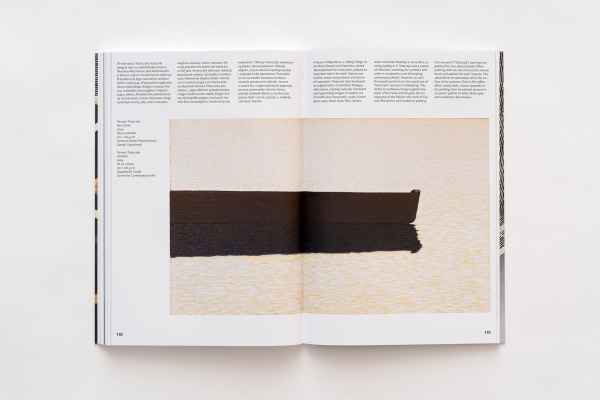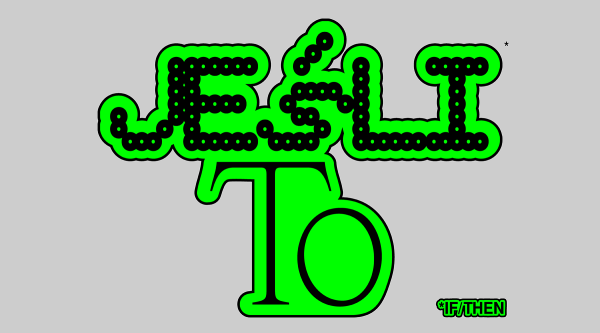Byzantine Nostalgia
“Byzantine nostalgia” is how Tadeusz Kantor poetically described the intention behind the work of Jerzy Nowosielski, whose birth centenary we recently celebrated. His painting, fascinating with the strange coexistence of two aspects – the sacred and the profane, spirituality and corporeality, mysticism and rationality, the desire for the absolute and intense erotic experiences – became the starting point of the research that led to the making of this exhibition. Nowosielski was one of the most important metaphysicians of the 20th century, and this metaphysics was born at the intersection of Eastern and Western cultural traditions.
The underlying idea of the Byzantine Nostalgia project is to search for similarities between Polish and Ukrainian art and to find their common cultural sources. It is not so much about the icon style or the way of painting, but about the attraction to a metaphysical, timeless reality. In the past, the main task of art seems to have been directing towards this, but today that is no longer the case; contemporary art has become a medium of meanings that are significant at a given moment, from philosophy and politics to psychoanalysis.
However, the need to “look behind the scenes” has remained powerful – like a basic instinct that drives art. We feel compelled to ask ourselves what or who is behind the image. If God was there once, who is there now? Emptiness? The Big Nothing, as Kazimir Malevich claimed? The main pursuit of the avant-garde was not, as is commonly believed, formal experiments, but the search for a “higher reality”, the true one. Behind the start of the avant-garde movements – from suprematism to surrealism – lay the belief in the priority of the extrasensory world over the material one.
With its idea of the “tautological object”, mid-20th century modernism – from abstract expressionism to minimalism – abolished the concept of the image. It has come to the point that a work of art does not reflect anything, but simply exists. Thus the idea of mimesis, which has fuelled art since ancient times, seems to be coming to an end. From then on, self-defining art was to become God, replacing the absolute. Aesthetic fundamentalism, which assumes that the deep essence of a work of art is “the work itself”, is one of the dominant beliefs today. Postmodern metaphysics is also popular, according to which the entire history of art is hidden in the image: an endless labyrinth of allusions and references. These considerations can be continued for a long time – the understanding of the “fullness” of the image may vary, but it was the focus on the metaphysical sense that was the main criterion by which artists representing various generations and styles were selected for the exhibition.
- Curator
- Viktoria Burlaka
